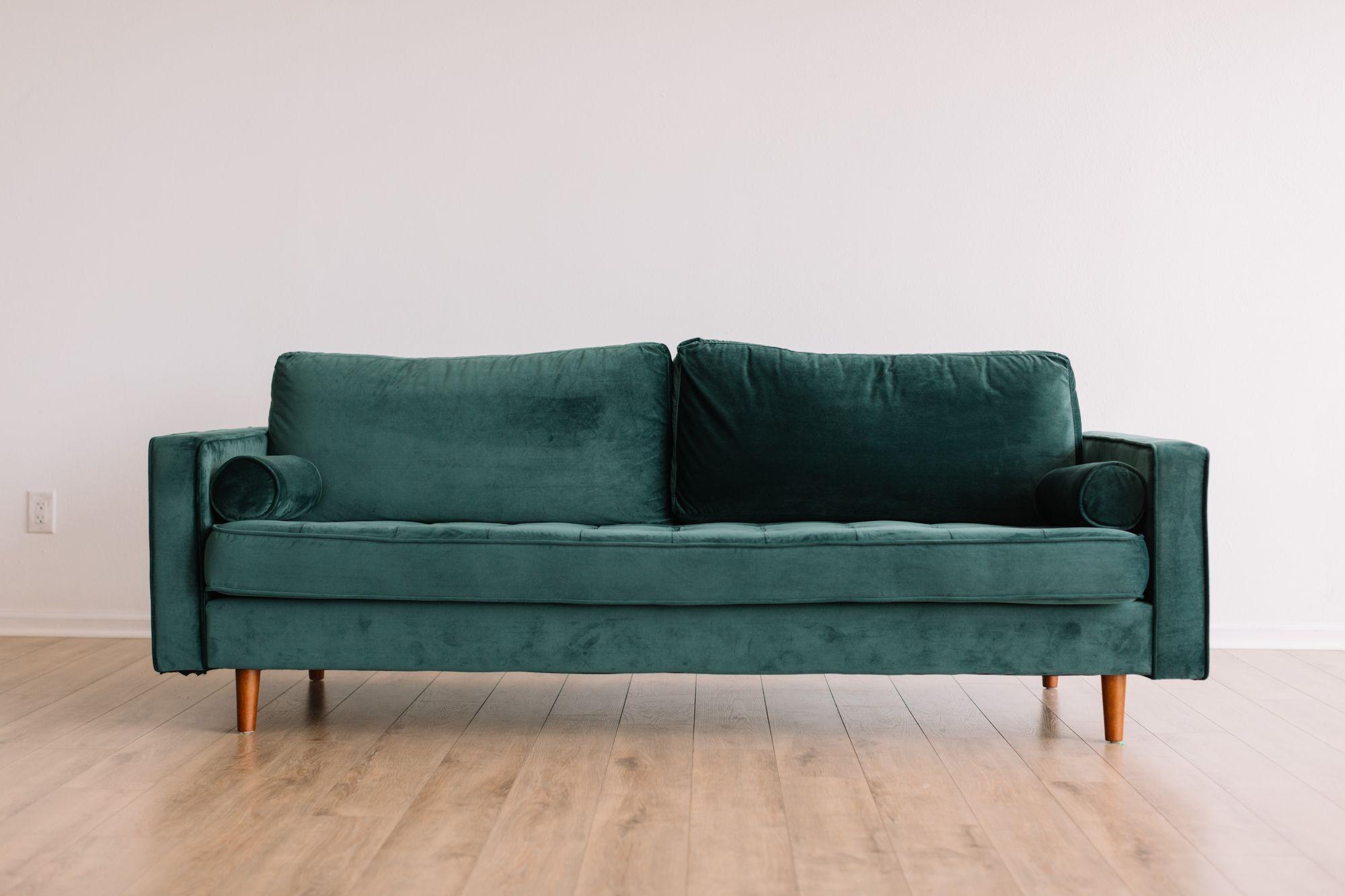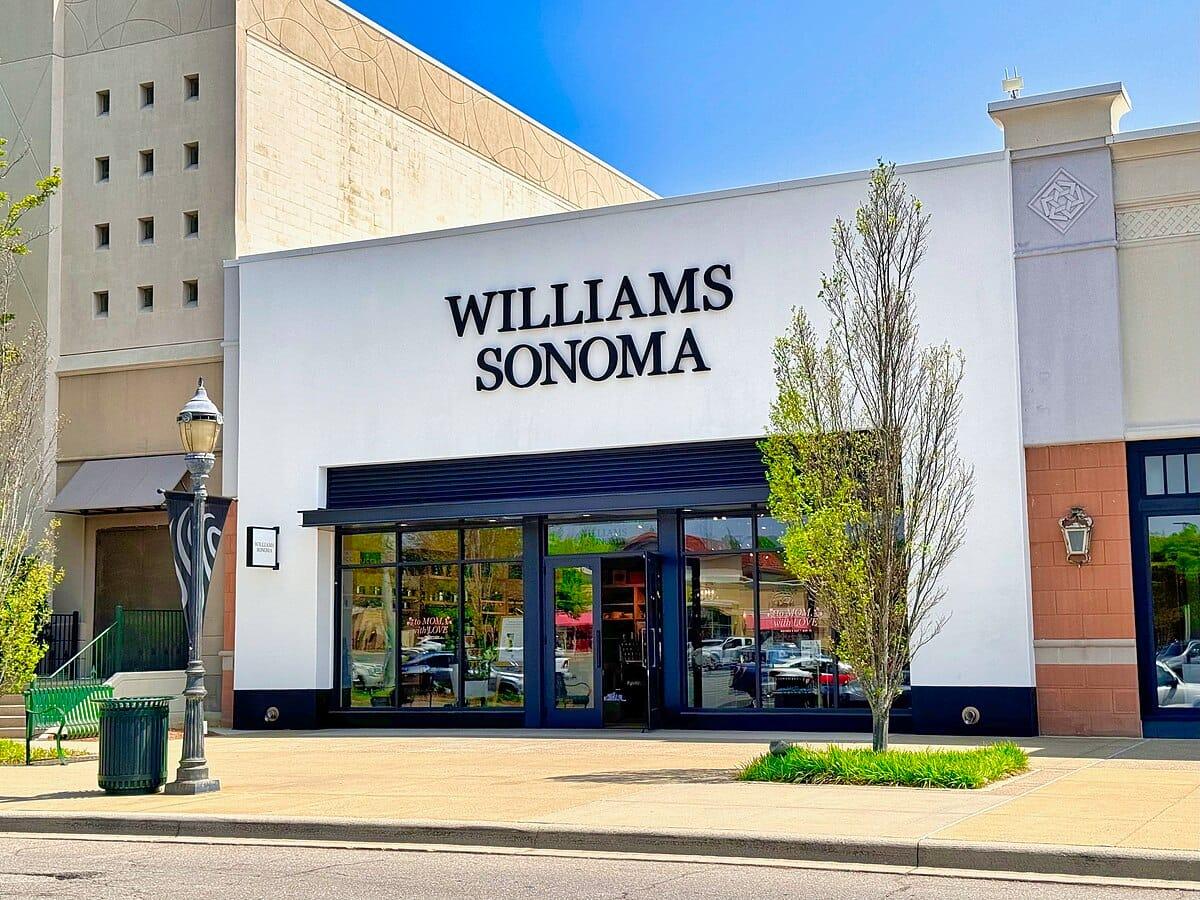What is White Label Furniture? Everything You Need to Know
Uncover the world of white-label furniture and how it confuses consumers with different prices. Learn to spot reputable retailers and avoid knock-offs. Discover tools for transparent comparisons and the best deals.

Is it one-of-a-kind? Or is it white-label?
White-labeling is a common practice that allows many retailers to sell products they couldn’t otherwise produce and sell on their own. In a study of 20,000 furniture products, it came to light that 71% of the products were white-labeled. That’s not all, either. Out of all of that white-labeled furniture, over 98% was listed at different price points across various sites. Those are incredible numbers and showcase just how prevalent the practice really is.
But what the heck is white labeling, anyway, and why would you choose it in the first place? We’ve got you covered—read on to get the inside scoop.
What Does White-Labeling Mean?
White labeling is a practice that’s common in several areas of production, including furniture, home decor, clothing, electronics, and even supplements and food. White labeling refers to when a manufacturer sells a product to several retailers at once, and then those retailers turn around and sell the item to you at various prices.
That means that the sugar you buy at the grocery store could all come from the same supplier, but be white-labeled for sale by the store’s private label brand (more on that in a minute) and branded by another company. The same sugar essentially costs you more or less depending on the label on the bag.
Now, extrapolate those few dollars of difference into the realm of furniture pricing. Sometimes, white-labeling can mean a difference of hundreds, or even thousands, of dollars. Let’s extend the metaphor even further. In the case of furniture, there is no bag! So, you’re paying more for the exact same thing. Retailers change nothing and charge more.
And for what?
Nothing more than the reseller’s name.
What is White Label Furniture?
White-label furniture refers to any furniture that is mass-produced and sold to multiple retailers. It’s the six-seat dining room table set that you find at Target, Wayfair, and Pottery Barn at three drastically different price points. The ones that have you scratching your head wondering just what the differences are between each set.
That’s because essentially, there is no difference beyond the price. Retailers will buy the furniture from the manufacturer, rename it or give it some exclusive angle, and then resell it to the masses. Reselling adds to the chaos of the online shopping environment and creates a situation where consumers are at a disadvantage. They don’t typically have the means to acquire and synthesize all of the information to make sense of their purchase options. Seeing so many numbers coming from different places is confusing, even disorientating. Couple that with not realizing the products are identical, and it leaves some customers feeling frustrated or disappointed. Depending on where you shop, you could get a great deal or be one of the people who are grossly overpaying for items because they just don’t know any better.
Is White Label the Same As Private Label?
Stores can use white labeling to create their own versions of products and goods. However, that is not the same as private labeling. Private labeling is when a brand has its own manufacturing facilities and creates its own line of products, such as with the line of store-brand foods that you find at grocery discount giant Aldi. You won’t find Aldi brand products anywhere but their stores.
White-labeling is when a product is sold to several retailers. Private labels are sold to a single company.
Is Reselling Considered White Labeling?
Sites like Amazon and Walmart that resell items for third parties usually have private-label items that are sold by the original brand or designer. There may be some cases when products are resold after being white labeled, but it is unlikely.
White labeling refers specifically to the practice of two or more brands buying products from the same manufacturer and then selling them as their own. If they are found on reseller’s sites like Amazon, the same items will differ in price on the official website and probably across various resellers when they are purchased and sold as white-label products.
Is White Label Furniture the Same As Furniture Dupes?
Furniture “dupes” are copycats. When you see a discount retailer selling a chair that looks *vaguely* familiar to the one you found at Pottery Barn for $400, and they’ve got it priced at $50 out the door, it’s probably a dupe or a copy made by a cheaper manufacturer. So, white-label furniture is not the same thing as copying furniture. There are a lot of resellers out there trying to make a buck selling knock-off pieces and copies, but you can usually spot them with a few tips.
If you want to learn more about finding furniture dupes online, you can read all about it on another post we wrote. Just remember: dupes and white label furniture are not the same. How can you tell the difference?
How Do You Know That Furniture is White Label and Not a Dupe?
The very first way to avoid dupes is to choose reputable retailers. If you’re shopping at a reseller or third party like Amazon, you may have a little more work cut out for yourself.
Wait - shouldn’t Amazon stop people from selling knock-offs?
Sure, they probably should, but they’re Amazon. They have rules and guidelines and expect people to follow them. And in most cases, the copycats are pretty good at getting away with things.
So avoid dupes by:
- Being realistic about pricing. If you see the same furniture item for a fraction of what it costs on five other sites, that item’s probably a dupe.
- Shopping with reputable retailers and brands. When you trust who you’re shopping with, you can trust their products.
- Understanding the basics of white-labeling (you’re almost there!) and how it works in furniture reselling.
Some people promote furniture dupes because they offer the same look at a fraction of the cost. Others would rather spend a little more for the higher quality materials and construction of white-label products.
How Common is White Labeling?
As mentioned in the beginning, more than 71% of furniture is white-labeled. And even when it isn’t white-labeled, the same product has different prices at different retailers 98% of the time. The Internet and drop-shipping have only increased the availability and selection of great furniture pieces, but white labeling remains a popular trend for those items that are must-haves. To the unsuspecting consumer, white labeling might sound like a new practice, but it’s been around for a long time.
How Can You Get White Label Furniture?
If you’re looking for the best prices on white-label furniture from your favorite brands, Spoken is here to help. And we’ll do more than give you numbers—we will show you when furniture is white-labeled. With Spoken, you can see every site where the exact same item is being sold. Essentially, you can think of us as a furniture comparison site offering you apples-to-apples listings from retailers across the Internet. Spoken shines a light on all the websites listing the same products.
One bad furniture purchase caused us to create Spoken, where you can compare high-quality products from multiple sites and sellers. If you’re looking for that perfect chair, we’ll show you all the places where you can buy it and how much it will cost at each retailer. That way, you can get the best deals on white-label furniture and all of your other furniture purchases, no matter what you have in mind.
Quick facts
What does it mean when a brand is white label?
When a brand is "white label," it means the products are manufactured by one company but are rebranded and sold by another company as if they were their own. This practice allows retailers to offer products under their brand without the need for manufacturing, giving them more control over marketing and branding while reducing production costs.
What is an example of a white label product?
An example of a white-label product is furniture sold at multiple retailers under different names. For instance, a manufacturer might produce the same modular bookshelf, but one retailer sells it as "Kenneth Modular Bookshelf" while another retailer sells it under a different name with slight branding adjustments. This allows retailers to offer "exclusive" products even though they are the same as those available elsewhere.
What is the difference between co pack and white label?
The difference between co-packing and white labeling lies in the level of involvement. Co-packing refers to a partnership where a manufacturer packages products based on specifications provided by another company, but the product design and recipe may remain unique to the buyer. In contrast, white labeling involves selling an already-made product under the buyer's brand without any product customization.
What is the difference between OEM and white label?
OEM (Original Equipment Manufacturer) products are made to the specifications of a particular brand and are unique to that brand, while white label products are generic, manufactured without customization, and rebranded for sale by different companies. In OEM, the focus is on custom-built products for a specific company, whereas white label products are mass-produced for multiple brands to market as their own.

Dane Hurtubise
Co-founder & CEO of Spoken
Dane Hurtubise is the Co-founder & CEO of Spoken. He has led two venture-backed companies and is a two-time Y Combinator alum. Prior to Spoken, Dane sold his previous company, Parklet, to Greenhouse Software where he served as VP of Platform and Partnerships. An avid runner, cyclist, and Pilates enthusiast, Dane holds a BS in Electrical and Computer Engineering from the University of Texas at Austin.
Read more

